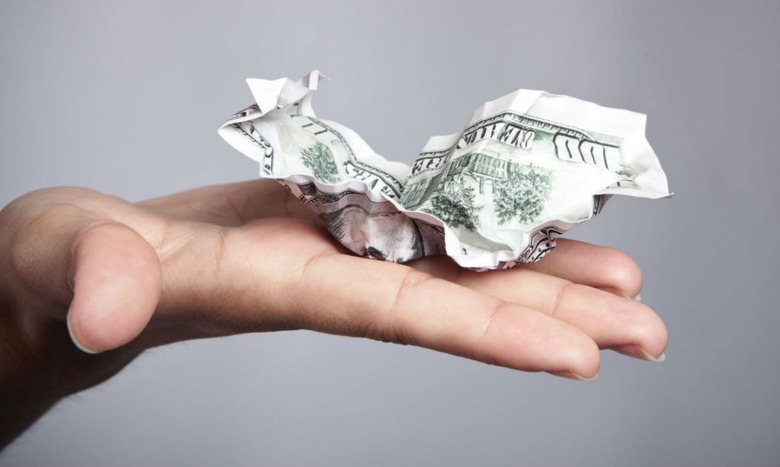8 Surprising Reasons Why Some Restaurants Only Accept Cash
There are few things that are more frustrating in the restaurant world then enjoying a meal only to learn that the restaurant is cash-only after you receive the check. If you don't have enough cash to cover it, you're often left scrambling to find an overpriced ATM, and whatever sort of pleasant mood the meal put you in is decidedly ruined. Nearly every foodservice operation accepts credit cards these days, so why do some adamantly stay in the Dark Ages?
As usual, the folks at Quora provide a good explanation. Here's a breakdown of the myriad reasons:
1. When someone pays in cash, that money is yours, and you can take it directly to the bank and have it at your disposal the next business day.
2. Servers always prefer cash tips, because it can go directly into their pocket or the tip pool.
3. Cash is far less of an inconvenience than credit cards. Cards can be declined, funds take several days to be posted to the restaurant's bank account, and, most importantly, credit card companies charge the restaurant a fee (usually two to four percent) every time a transaction goes through.
4. It takes a lot longer for a server to run a credit card transaction than to just make change and put the cash in the register.
5. Credit cards are a hassle. Card readers and terminals are expensive to lease and maintain, and when they break down all hell can break loose.
6. When a restaurant is cash-only, it's easy to shield income from taxes. If a restaurant owner is able to obscure how much revenue they're bringing in, they can report that they're earning less than they actually are and pay less income taxes.
7. Being a cash-only establishment makes it much easier to pay employees who are undocumented immigrants in cash, under the table. If other aspects of the operation are off-the-books as well, having plenty of cash on hand makes it easier as well.
8. It eliminates the possibility of fraudulent transactions. If someone buys a meal with a stolen card, the card owner can cancel the charge, forcing the restaurant to cover the entire cost of the meal.
